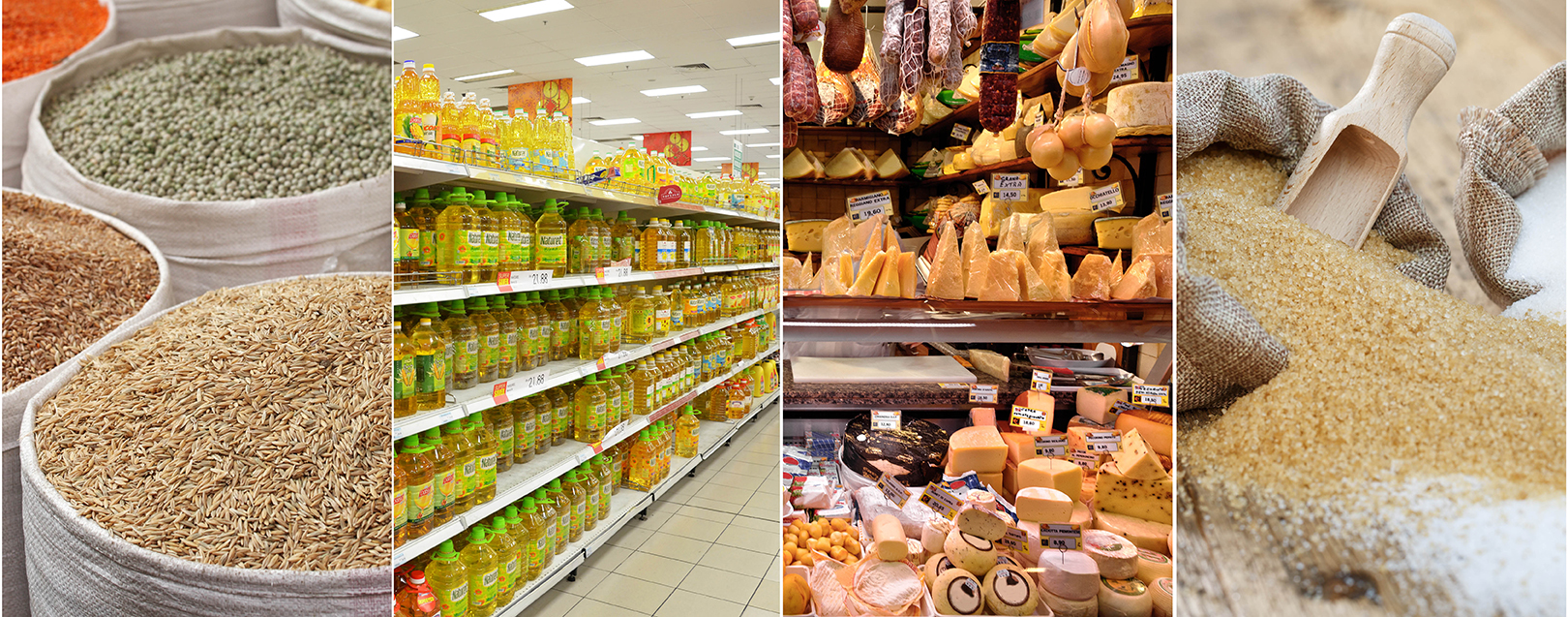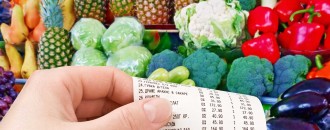
World food prices averaged higher in Feb, FAO
The Dollar Business Bureau
The world food prices rose slightly higher in February spurred by an increase in the prices of cereals, the Food and Agriculture Organization (FAO) of UN said in a release on Thursday.
The FAO Food Price Index (FFPI) is a monthly measure of change seen in the international prices of food commodities. The FPPI consists of five commodity group price indices, cereals, vegetable oils, dairy, meat and sugar, weighted with the average export shares of each of the groups for 2002-2004.
According to the release, food prices averaged 175.5 points or 17.2% higher in February which is slightly higher than the January values but the highest seen since February 2015. Excepting for the prices of vegetable oils the prices of all the other four commodities increased with the prices of cereals clocking the highest.
As per the release the global cereal supply and demand situation in 2016/17 has been good as seen in the moderately high stocks-to-use ratios and the relatively low prices in the market. The release also states that the ‘gathered’ world cereal production in 2016 amounts to 2600 million tonnes, an increase of 7.9 million tonnes (0.3%) from February expectations. These numbers mainly reflect the improved prospects for rice in India, wheat in Australia and maize in Ukraine. FAO forecasts that the global wheat production in 2017 could stand at 744.5 million tonnes, which could be a 1.8% decline from the 2016 levels, but way better than the previous five-year average.
The FAO Vegetable oil price index shows a decline of 4.1% reflecting developments in the palm and soy oil markets. On the other hand the Dairy price index in February has shown a slight increase of 52 points or 37% higher from the same period last year. Though dairy markets await the emerging trend for export availabilities from the EU and US as the dairy year unfolds, supplies to the international market has been good considering the demand. Meat and Sugar Price Indices climbed steadily when compared to the January prices. Sugar prices remained sensitive to the changing sugar output from major producing countries Brazil, India and Thailand. Brazil the world’s largest producer and exporter of sugar continued to face prolonged supply-tightness, while India and Thailand faced production shortfalls giving support to an increase in prices.
(Source fao.org)






 to success.
to success.